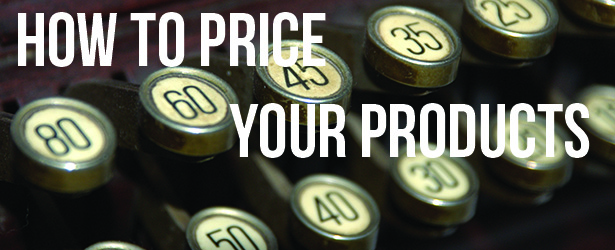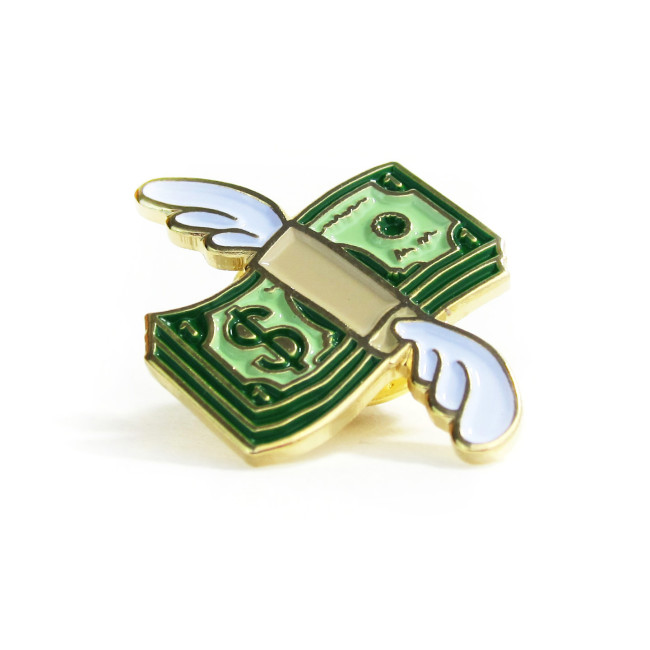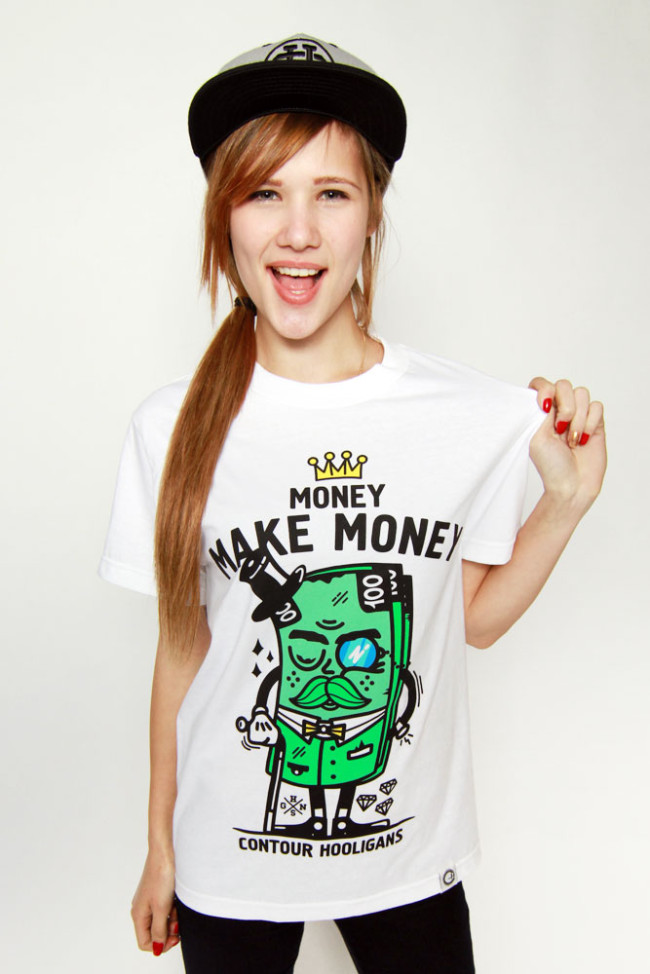How to price your products

As a small business, one of the most important AND difficult steps is pricing your products correctly. To be frank, there isn’t really a formula that works for everyone. Depending on your product, there are certain factors and elements to take into consideration that will help you get to that sweet point price-wise. The main thing to realize is this is a business and you want to make a profit. Depending on how much of a profit you want to make is where this gets a little more complicated.
When figuring out the price, the first thing you’ll want to do is layout all of your expenses. How much does everything cost to get you to that point of selling your first product? Materials, office supplies, rent, fees for selling online, paying yourself an hourly rate, etc. Anything that involves spending money to run your business should be pooled into your final price. If you’re just starting out, you may want to start with paying yourself a lower hourly rate and once your business takes off, you can start to slowly increase that.

No Fun Press
Once you’ve figured out all of your expenses, think about how many products you can sell within a day/week/month. What is your level of output? Are you a 1 bag a day type of person, or do you have the bandwidth to sell 10 bags a day.
In addition to how much you can output think about how you’re going to sell. Do you want to do wholesale or do you just want to sell directly? Do you want to grow? Or do you want to stay a 1-person show? If you think you’ll want to sell wholesale, you’ll want to make your final price high enough so that you’re making a profit at 50%. When you sell wholesale, those accounts will sell your product at the same price as you, but only pay you 50% of your final price.
Now that you’ve figured out a price that will make you a profit, start looking around at what your competitors are charging for products similar to yours. By competitors, I mean businesses who not only sell a similar product, but are also at your level (same size, etc.) You can’t compete with a corporation that has thousands of employees, but you can compete with another brand that’s just one person. Look around for similar brands and start seeing what their prices are like. Do they fit with the price you just calculated? If not, you’ll need to take this process even further and take a few more things into consideration.

Hooligan
The main thing is you don’t want to charge too little for your product, but you also don’t want to charge too much. A cheaper price isn’t what’s going to sell your product, it’s your story, your brand, and to be blunt, it’s you who will make your product stand out a little more from your competition. If you charge too little, keep in mind that a lot of your potential customers will be thrown off by your cheaper prices as they start to think about why your products are cheaper (is it the quality of the product?) Not only will it be assumed that the quality isn’t as great, but you’ll also have to sell a lot more in order make this a viable business for yourself. Remember what we said about taking how much you can output into consideration when coming up with your prices? If you need to sell 20 bags a day in order to make a little bit of a profit, but can only make one bag a day, then you need to reconsider your pricing! If your product is of quality, don’t be afraid to charge more because of it. You’ll just want to make sure you’re able to relay this fact to your target audience through your branding/story.
On that note, charging way too much can also have a similar effect on your business. Unless your branding is incredibly well done and irresistible for shoppers, your customers will always be looking at your competitors for the cheaper option. A good rule of thumb is to charge a fair price for your products. One that makes you a profit, but also keeps you inline with your competitors. If you charge too much right out of the gate, but then decide to lower your prices, this could have a negative impact on all of the people who supported you already (meaning they’ll want that money back since they paid more!). There are ways to lower your prices temporarily without this sort of backlash, it just takes some creativity. For example is a holiday coming up? Even if it’s National Cheese Pizza Day, you can turn it into a day to save some money on your products… so people can buy more pizza! If you’ve already sold to someone, offer them a discount off of their next purchase, etc.
Speaking of competitors, it’s important to know your target audience. This will also help you with determining that right price. You can’t sell to everyone, but you also can’t sell if no one actually buys the product you’re trying to sell. Figuring this out early on will really help you with stepping in the right direction from the very beginning. If your products are generic then you may want to stick with what your competitors are charging. If your products involve a lot of creativity, originality and has a great story behind it, then you should charge on the higher end of what the competition charges. You’re able to do this because it’s not the type of product that can be purchased just anywhere.
Once you’ve taken into consideration your target demographic, how much your competitors are charging, have found that sweet spot that showcases the quality of your product at a fair price, and are able to cover your expenses; it’s time to ask that main question… Are you making enough of a profit? If you find yourself in a position where you’re not making much of a profit then you’ll need to make some changes. Can you buy your materials at a cheaper rate if you buy in larger quantities? If you’re only making 1 bag a day, can you figure out shortcuts that will help you make 10 bags a day, while still maintaining the quality (can you purchase better tools?). Can you alter the design of your product so that it takes less time or materials to make? Again, maintain the quality of your products, but look for ways to bring your expenses down instead of your final price.
Remember, this is a business, you’re doing this for a profit. How much of a profit is entirely up to you, but it will take work to figure all of this out. However with enough research, planning and testing, you’ll find that sweet sweet price point and turn your passion into a legitimate business!



